8 Tricks To Get Rid Of Stubborn Underarm Stains and Odors From Clothes
Shirts a little "pitty"? Here are a few tricks of the trade to power away those unpleasant underarm stains and odors that can linger on fabrics!
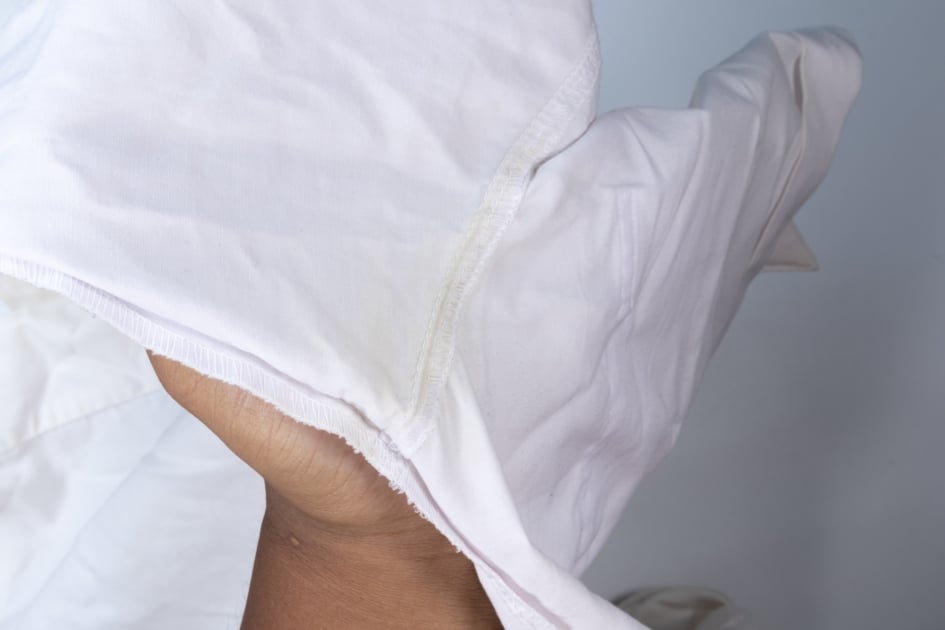
Has this ever happened: You’ve laundered your favorite shirt, and everything looks and smells clean until the iron hits the armpits, or you wear the garment again, and… whew! There’s that stinky odor!
Even the cleanest people can develop stains and odors in the armpits of their shirts. Even some antiperspirants can leave stains. So how do you get rid of them? Regular washing doesn’t work; the garment needs to be treated. Here are a few tricks of the trade to power away those embedded underarm stains and smells from fabrics.
Tricks To Get Rid Of Stubborn Underarm Stains and Odors From Clothes
Each of these remedies works best if you turn the garment inside out and expose the underarm fabric before treating. These remedies are best used on shirts that can be handled a little “roughly”
1. Aspirin and Cream of Tartar
Mix three white, non-coated aspirin tablets with a cup of warm water and a tablespoon of cream of tartar (you probably have a can in your kitchen cupboard!). Scrub the solution into the underarm area with a nailbrush or old toothbrush, then allow the mixture to remain on the garment for at least 20 minutes. Launder as usual. Repeat, if necessary.
2. Baking Soda
Seriously, what can’t baking soda do? It’s is great for neutralizing strong perspiration odors that are embedded in fabrics. Make a paste with baking soda and warm water, then rub the paste into the problem areas. Leave the paste on the garment for 15 minutes, or allow it to remain overnight. Launder as usual. Some have found luck with a paste of baking soda and Dawn dish soap, following the instructions above. But test for colorfastness first.
3. Salt
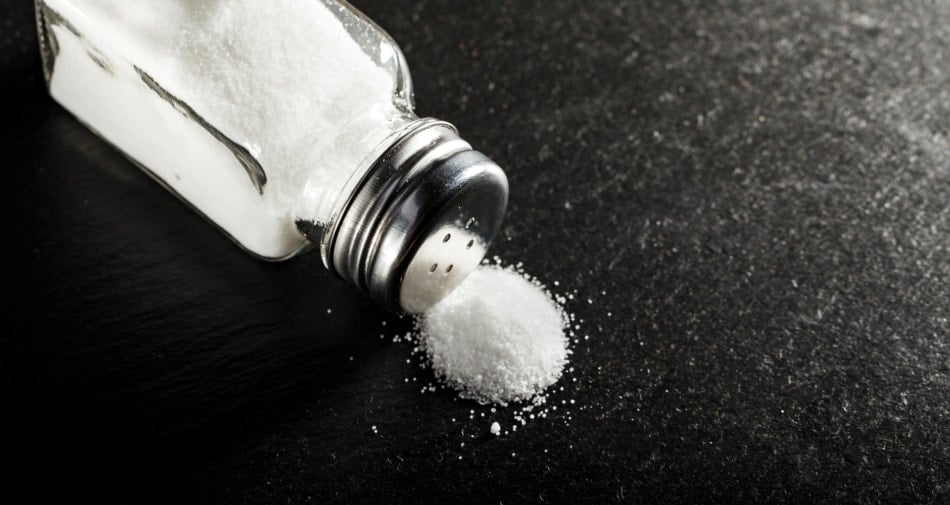
Dissolve a ½ cup of table salt in a bucket or large bowl half-full of warm water. Soak the affected areas of the garment, then launder.
4. White Vinegar
White vinegar is a powerful odor neutralizer and works wonders on underarm areas of fabrics. Fill your washing machine with water, then add 1/3 cup of white vinegar. Turn off the machine and let the garment soak for 20 minutes, then launder as usual.
5. Washing Soda
Sprinkle a ¼ cup of washing soda (sodium carbonate, not sodium bicarbonate), also known as soda ash, onto the affected area. Be sure to wear rubber gloves. Add water to make a paste and work it in with gloved hands. Leave the paste on the affected area for 30 minutes. Launder as usual.
6. Mouthwash
Listerine® or Scope® work well on underarm fabric odors. Simply pour several capfuls on the armpit areas, wait 30 minutes, then launder as usual. You might want to test it first if you’re going to use mouthwash on white garments.
7. Murphy’s® Oil Soap
Pour the oil soap directly on the armpit which has been dampened with water, and use a nail brush or old toothbrush to scrub it in. Leave on for 20 minutes then rinse in cool water, then launder.
8. Meat Tenderizer
This remedy might sound a little strange but meat tenderizer works by “digesting” or breaking down the chemicals that are embedded in the fabric from underarm odors. Simply dampen the armpit area with water and sprinkle generously with the meat tenderizer. Work it in with your fingers and allow it to sit for 20 minutes. Then launder.
Be sure the stains and odors are gone before tossing any garment in the dryer, which will further set the unwanted stains and smells. Line drying clothing may also help eliminate odors.
Preventive Advice
All-natural fabrics are more breathable than synthetic fabrics, so be sure to choose fabrics made from cotton, wool, bamboo or silk, and avoid polyester and rayon. Allow perspiration to evaporate before tossing any garment in the dirty laundry basket or rehanging. And be sure to wash all of your clothing regularly.
Try Our Mineral Salts Deodorant Stone
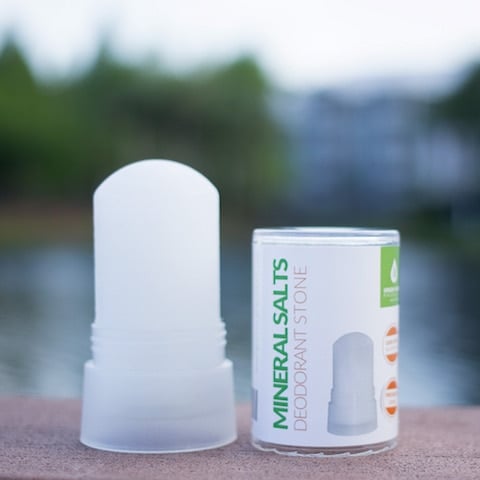
What are your tricks for removing tough underarm stains and odors from fabrics?
This article was published by the Staff at FarmersAlmanac.com. Any questions? Contact us at [email protected].

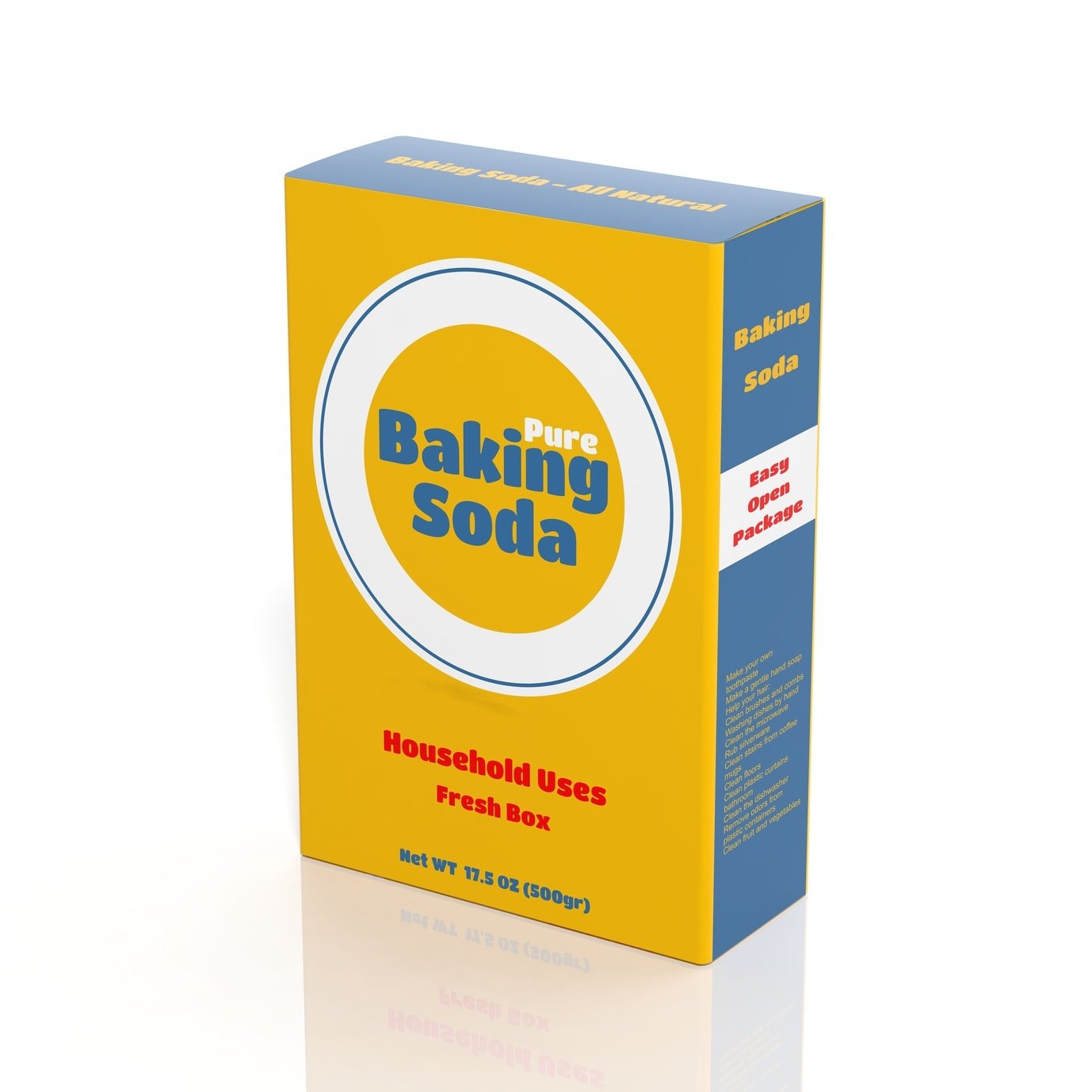
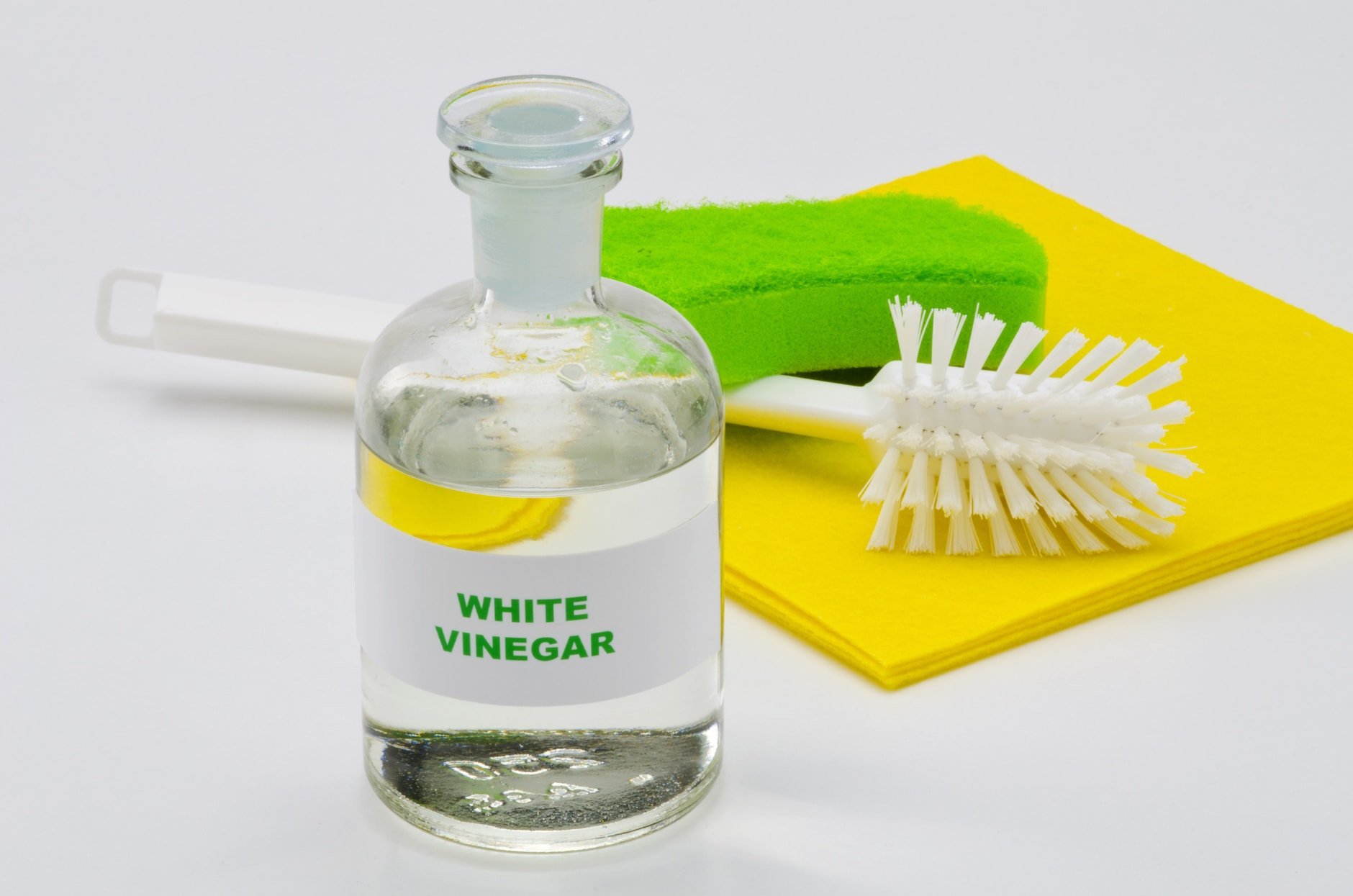






I bought a nice shirt second hand and the when I got home I discovered the shirt had really bad BO. I literally had to use a combination of laundry detergent, vinegar, baking soda, DAWN, and hydrogen peroxide and overnight soak/wash/rinse over a period 4 day to get the odour out.
WOW! We’re glad to hear that you were able to resolve the smell issue. Upcycling clothing is always such a great idea – so knowing how to remove smells is important!
I have used baking soda and white vinegar with pretty good success. turn the shirt inside out and position the top so the underarms are laid out flat. sprinkle with a good amount of baking soda and then pour a SMALL amount of white vinegar over it. This will cause an immediate chemical reaction and the baking soda will foam up a lot, so don’t put too much on at once! then use an old toothbrush to gently work the paste into the fabric. Let it sit for at least 30 minutes and wash.
Peroxide usually works for me- I spray it on the armpits, let is sit a few. sometimes I might need to do it twice- but it works 🙂
I smell ammonia on my cotton t-shirts and clothes after a hard workout. Does this sound familiar? Any suggestions to treat clothes?
Hi Jt Anthony, try the methods outlined in this article. It sounds like the smells are embedded in the fabric and every time you sweat, they “reignite.”
With each new summer seemingly warmer than the last, I’ve never had such difficulty turning out a truly clean load of clothes. I’ve tried all the usual suggestions, baking soda, white vinegar, borax, non chlorine bleaches and the problem persists. I’ve found underarm stains and odors to be the most challenging. I’ve concluded that the greatest hindrance to properly washing clothes is water that’s not hot enough. This is especially problematic if you’re reliant on commercial laundry equipment where you have no control over the water temp. For this reason, I’m thinking about soaking my clothes in boiling water, probably in combination with the use of some of the above named products before machine washing. Also, someone mentioned Dawn dish soap and I really like the idea of using it as part of my boiled water soak. If it can successfully wash up sea critters after oil spills, it may help me with my laundry odor issues. I should add that I’m finding the typical chemically, over perfumed laundry detergents make it difficult to determine whether your clothes are truly clean after laundering. So, I’m putting them aside hoping to find the most natural products available that yield a natural and truly clean wash.
Hi Pam, those overly perfumed detergents don’t do anyone any good. We’re actually working on an article about it. Let us know how the boiling water and dawn works, and we’ll add it to the list!
Also make sure you are not using too much detergent. It seems like more would get the places cleaner when in fact using too much detergent causes clothes to hang on to their stains and trap the odors so they can’t be removed. It traps dirt and building up over time. As detergent builds up, it can leave behind an invisible layer of film that can trap dirt and hard water minerals, giving clothes a dingy or faded appearance. It also is horrible for your washer and can cause it to smell really bad. I had a hard time breaking the habit of too much detergent. I not only would use more liquid but use a couple pods also. I noticed no one’s clothes were coming clean and my girls clothes hung on to body odor something horrible. You may need to use some borax or washing soda or baking soda (although expensive I found borax worked best) when you wash your clothes for a good while so you k ow they have all had as much residue removed as possible and never use that extra splash bc they need to be extra clean.
This is always a great tip! It’s definitely better for our clothes to use less detergent!
I’ve finally solved this problem, and I have been dealing with this for years and I’ve tried all of the solutions that you might find on the internet and have had only limited success. Here’s my solution: soak the offending shirt in soapy water for 24 hours before you wash it in the machine. Trust me, this works, and I’ve tried everything else. Get a large container. Fill it with enough water for your shirt to soak in. Add some laundry detergent (your call on how much). Soak the shirt in the soapy water for 24 hours. Then wash the shirt in the machine. This totally works and it will solve this very annoying problem for you. The reason why we were having this problem in the first place was because the amount of soaking time in a washing machine cycle isn’t enough. I now soak my shirts every time before I wash them and I am amazed by how well this works. I urge you to give it a try! I’m convinced it’s the only practical thing that works. I’ve tried everything else.
I also found that instead of using the extra detergent doing exactly this… Soaking at least overnight and then washing (with correct amount of detergent). I sometimes soaked in vinegar or borax if they smelled like they were about to get up and run away. The extra soak does wonders. I can also get them just as clean in cold water as hot water. I know someone mentioned their water not being hot but some fabrics can’t take extremely hot temps, it can make some stains set it (I think it’s blood however if I have something that has a lot of blood on it I dispose of it… There can’t be a good story behind it.
I’ve used a Dawn and washing soda paste on the affected area followed by a hot water vinegar soak for a while now with good results. Along with wearing my regular deodorant, I also spray the inside armpit areas of the garments with Dove deodorant spray before I put them on and it usually allows me to wear them 3 or 4 times before they start to stink again. Hope that helps!!
Washing soda was the only thing on this list that actually worked for me! First I tried the aspirin method to no avail, then I doubled down on the same shirts with the baking soda method, also to no avail. Then I bought washing soda, in the form of OxiClean, and success!
My advice is don’t waste your time with less effective methods, go ahead and go straight to washing soda.
How did you apply? Soaking? I’d like to spray but I don’t know if I’d have to mix up a new batch each time. Does it lose efficacy if it sits awhile?
My husband used t ih play baseball and nothing worked to get the odor out. One evening I had forgotten to bring his shirts in off the line and we had a thunderstorm. The next day the shirts were odorless.
Good old thunderstorm to the rescue ;)! Of course that may be hard in the winter, but the good old outdoors does wonder! Thanks for sharing.
Now I am waiting on the next Thunderstorm to try this trick out. I can see me now running outside as it starts hanging all the laundry on the line lol. Now with my luck there will be a drought or something lol
The lighting in a thunderstorm instigates the electrical process needed to ozonate the air…and thus the water falling through that air. Ozone is one of nature’s purification systems. You can replicate this year ‘round by soaking your stinkiest clothes in ozinated water.
My grandma always used to hang clothes or sheets if a thunderstorm was coming! This makes sense!
Another consideration is try to avoid the stains and odor by putting disposable armpit guards in your clothes. They are like really thin maxi pads that stick into the armpit of the shirt.
Interesting. Thanks for sharing.